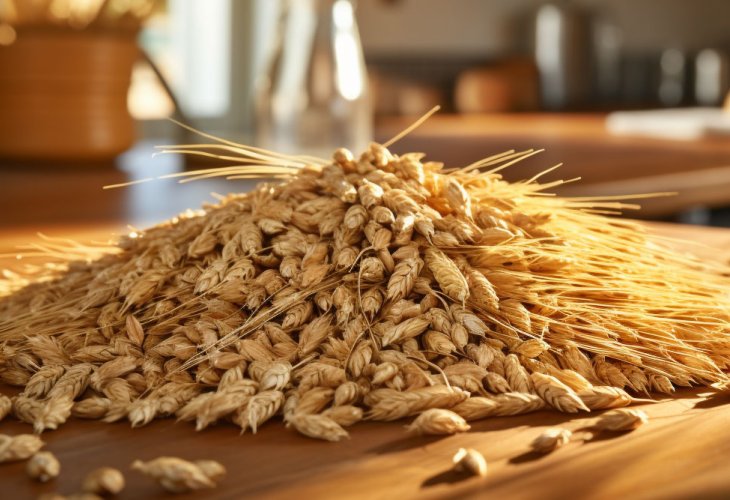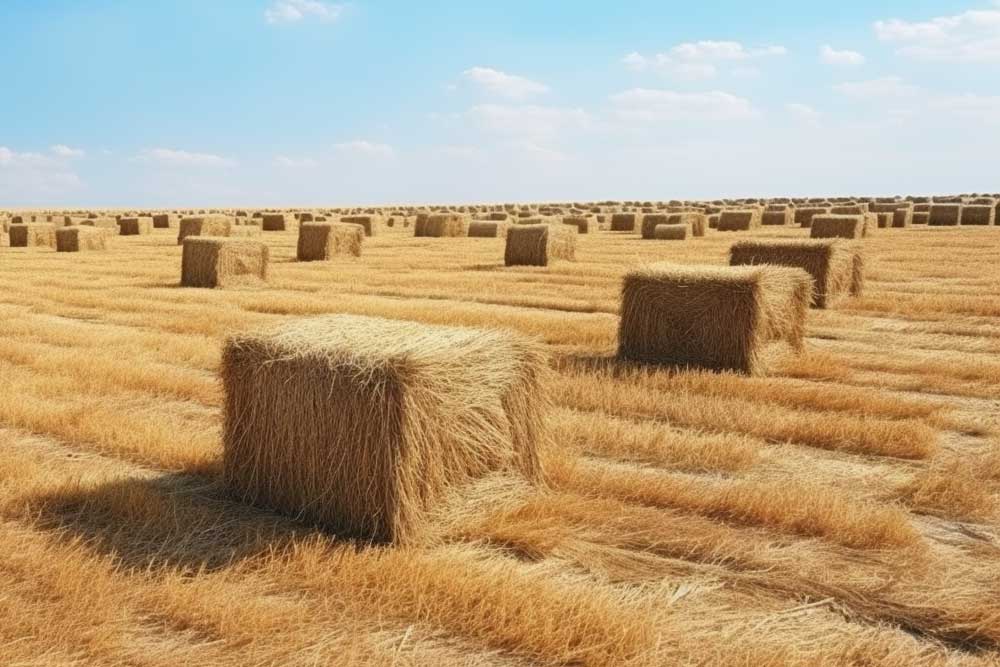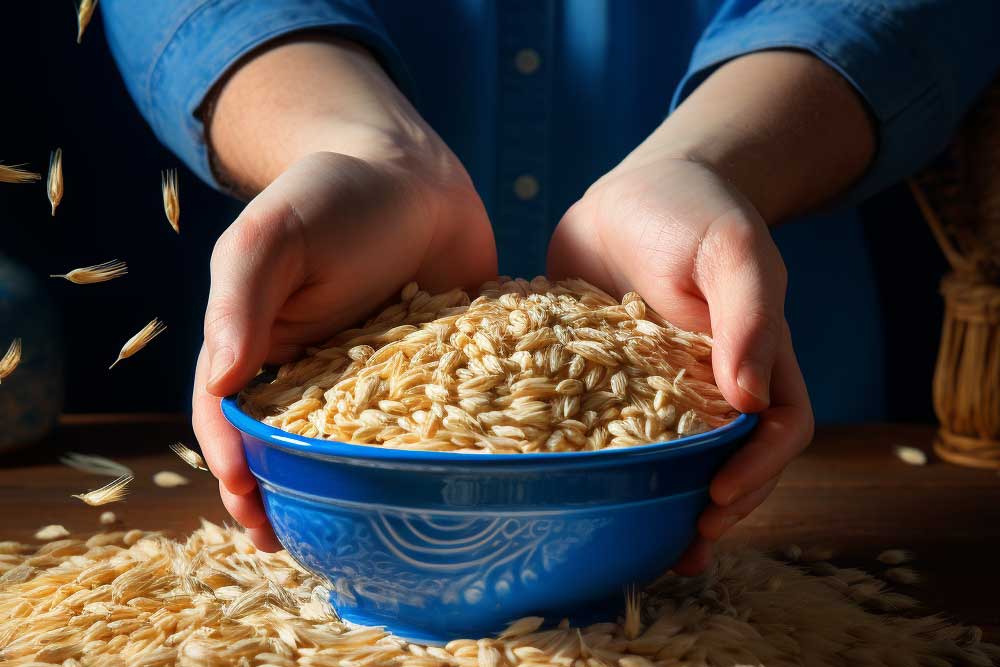Barley: Five Fascinating Facts You Never Knew About This Ancient Grain
Known as one of the world's most important grains, barley serves various purposes, including drinks, food, and even the production of plastic, paper, and fertilizer. It’s easy to mistake it for the more familiar wheat, but they are entirely different grains. As we celebrate Tu Bishvat, let’s get to know barley better, one of the seven species with which Israel has been blessed. From the barley.

Most of us learned about barley in the Book of Ruth and in connection with Shavuot, and if I'm guessing right, most of us don't know much about this important grain. Being one of the Seven Species, barley holds a place of honor on the Tu Bishvat table — usually in the form of dark beer. The beer is made from "malt" — barley grains that have been germinated and dried, serving as a fitting representation of barley on the holiday table. But what exactly is this talked-about barley? Do we consume barley daily, and where was it mentioned first?
1. Part of a Large Family
Barley belongs to the grass family, which includes several dozen species and is among the first domesticated by humans. Today’s main uses of barley include animal feed, forage, and as a core ingredient in alcoholic beverages. The United States is the largest barley producer globally, harvesting about 50 million tons in 2023.

2. Rich History
Barley is the sixth most important crop globally. It is recognized as an ancient grain, grown worldwide for thousands of years and provides a rich source of protein, dietary fibers, vitamins, and minerals. Barley contains a high amount of dietary fibers which help regulate digestion, lower cholesterol levels, and prevent heart diseases. It's also a good source of vitamin B1, essential for the nervous system's functioning.
3. Beloved in Jewish Culture
Barley holds a significant place in Jewish culture. It is mentioned in the Book of Deuteronomy as one of the five grains usable for making matzot. Additionally, it is listed as one of the Seven Species: "A land of wheat and barley, vines and fig trees, pomegranates, a land of olive oil and honey" (Deuteronomy 8:8). In biblical times, barley was used both for human and animal consumption. It appears in numerous biblical accounts: the plagues of Egypt, the Omer offering, the Sotah offering, the Book of Ruth, and it's mentioned in the days of King David, King Solomon, and the prophets.
4. Healthy for Everyone
Barley is a highly nutritious grain containing a wide range of essential nutrients like dietary fibers, vitamin B1 crucial for the nervous system, selenium, copper, phosphorus, and a large amount of antioxidants. The dietary fibers in barley play an important role. They contribute to weight loss, maintain digestive health, and even help balance blood pressure and cholesterol levels.

5. Surprisingly Delicious
The most common way to eat barley is as pearl barley we all know. The difference between regular barley and pearl barley is just in the processing time they go through. Regular barley is actually the healthier option since it contains all parts of the grain, including the hull, bran, and germ, with only the tough outer shell removed, containing more nutrients and essential materials. It can be cooked inside Shabbat hamin as a warm and comforting stew or mixed with cooked barley in a salad of green leaves and raw vegetables, transforming the dish into a complete meal. Give it a try and enjoy.


